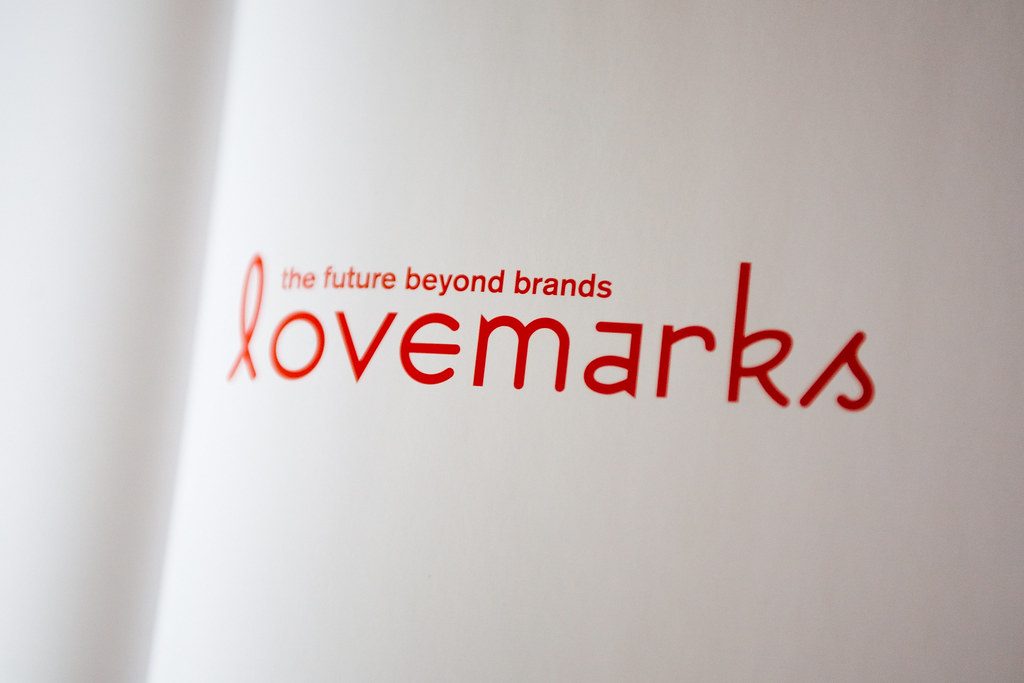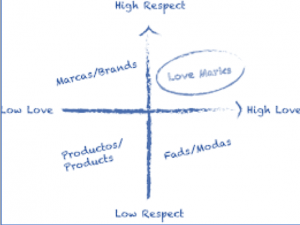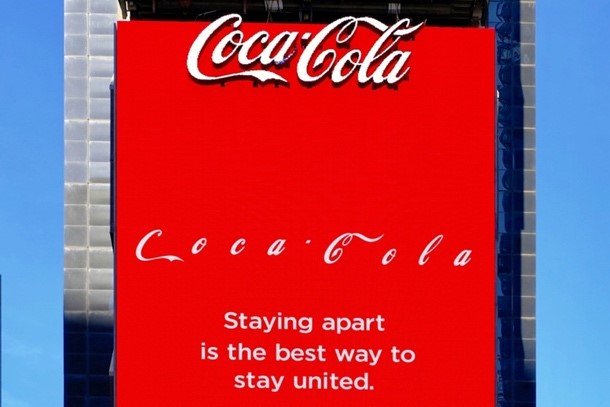A more and more complex environment for brands:
The American army has an acronym for our world: VUCA world. This acronym stands for Volatile, Uncertain, Complex, Ambiguous.
What is true for the world is obviously true for the business: consumers have more and more choice, competition is at its maximum worldwide, the pressure on the disposable budget is growing as new spending pools emerge, and consumers are more and more demanding. Moreover, there is more than ever an impact of politics and social movements on brands.
All of this leads to a less predictable business.
Of course, we are not talking here of brands that took decisions that led to their collapse (like a poor or inconsistent quality, an off-pricing strategy, a major positioning issue…); we are talking about an event that happened overnight that changed the game/impacted the brand:
Who could have imagined that the unpredictable Donald Trump would ever blacklist Huawei as far as the US corporations are concerned?
Closer to us, who could have predicted that, as a consequence of a social discontent, leadings brands would suffer from a massive boycott that would dramatically change its position on the market?
Winning with the consumer, a complex equation:
The objective of any brand is to win sustainably and profitably with the consumer.
Delivering against this objective comes from different and complementary elements:
The journey starts with recruiting more and more consumers, then it continues with trying to hold them as much as possible. And of course, the equation gets more robust as we increase purchase frequency of our offering.
Very often in our markets, we see brands competing to build awareness, to secure Top of Mind, through crazy media spendings. It is of course right to build top of mind awareness to attract consumers and potentially keep them within our brand… but marketers focus often their fight only on this aspect, fighting for share of voice, even more so during the seasonal peaks. While it is necessary to do so, it is far from being enough to create a long-term relationship with consumers: being present, being loud, does not mean being appreciated. Yes, it can be a way to win a new consumer once, but this does not secure his loyalty on the long run.
Another fallback of marketers in our part of the world remains to create a fake interaction with the consumer, i.e. to fake a dialogue while the reality remains a one-way interaction, from the brand to the consumer. Just like with human beings, a fake relationship cannot build durable results. Securing a conversational calendar with posts that are pre-planned and that do not take into account consumers reality, reactions… is not a way to build interaction and connection.
Then, one question arises: how to win sustainably with the consumer?
From selling a product to selling a lovemark :
The terminology of Lovemark was created in 2006 by Kevin Roberts, a long-experienced CEO, who led – amongst many corporations – Saatchi and Saatchi worldwide.
Based on his experience with hundreds of local and international brands, building a love relationship with a brand increases significantly its resilience in the market, and definitely strengthens on a sustainable way its share projection.
Amongst the different models Kevin Roberts developed, there is a very simple and intuitive, yet very powerful tool that helps understand what a lovemark is: it is the love/respect axis.
Very simply put, for Kevin Robert, there are 4 possible quadrants:
– The low love/low respect quadrant: this is the quadrant of products, that are a sum of features, sold just like a commodity. Being is the quadrant is extremely risky: the minute another product comes up in the market with a slightly better equation, the consumer replaces its initial choice. The consumer is highly volatile, and his evaluation grid often sums up to price. In our market it is the case of most tea brands, most packaged commodity products (semolina, local pasta, lentils…).
– The low love/high respect quadrant: this is the brand quadrant: a brand comes with a promise; it delivers against its promise. It is chosen for this promise, it is a rational choice, but it is not a heartwarming choice. However, the minute the brand underdelivers vs its competitive set, it is replaced. Does this ring a bell?
– The high love/low respect quadrant: this is the quadrant of fads. These are qualified as brands on the edge, brands that can be on a high for a short time, that are trendy and that can fade out fast, just like reality show stars.
– The high love/high respect quadrant: this is the grail, this is the lovemark quadrant. When a brand reaches the level of a lovemark, it becomes resilient, it is deeply connected with its consumers, it creates a long-term relationship with the consumer, it becomes part of the family. In other words, it belongs to the consumer as much – if not more – as to the company. Some examples come to your mind: Apple, Coke, Nike, Chanel… in our local market, few brands achieved this level. We can name the best in class example of Aicha jam. This jam has simply surpassed the product it sells, it definitely became part of the Moroccan family history, sharing its daily life, being transmitted from a generation to the other. It has simply gained a major share of heart! Lovemark is about emotion, when the brand is about reason.
Is this an inaccessible dream? No!
Does it request hard work? Definitely yes!
If we want to build local and international sustainable champions, we need to focus our brand work on these steps:
1. Deeply, intimately know your consumer:
Spend time and money and energy on understanding your consumer, his motivations, his fears, his tensions, his standards of excellence, his habits. Go beyond your category, be curious about his life, his pain points, his joy points. Be genuine and listen with your brain and your heart. Don’t fake listening, what is fake is easily recognizable. Knowing your consumer was already the name of the game years back, and winning brands knew it was crucial to spend time with consumers, get data through qualitative and quantitative studies. It has now become an absolute need at times of fierce competition. Corporations should definitely invest on data science to make their customer insights even more robust, and timely exploited.
2. Generate emotion:
What drives our decisions? This a big question to which we would love to answer “Reason”… Neurology has proven us wrong. We think we are an animal of reason. No, we humans are driven by emotions, that are then post-rationalized. Our gut makes our calls, not our brain. Therefore, brands need to generate emotions to become lovemarks. This means that in terms of content, we need not only to convey our brand promise, but also trigger emotions, win the heart.
3. Build value:
Value is not price! Value is not about discounts. Value is what builds a common ground with this consumer. It is what reassures. As Kevin Robert states, the consumer biggest question is “how will you improve my life?”. It is about experience; it is about deep understanding and deep connection. More and more companies talk now about purpose driven brands; this is not meant to – only – make CMOs sleep better at night, this is rather a business builder on the long run. A brand driven by a purpose can more easily win a share of heart than a brand driven only by features.
Author:
Kenza Dadi – Partner
Valyans












